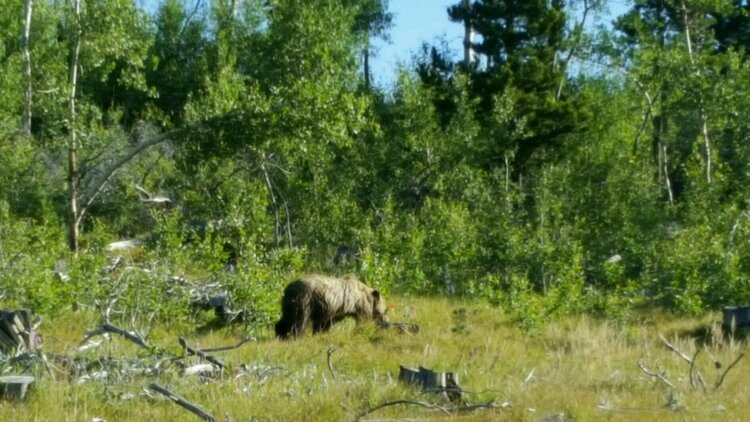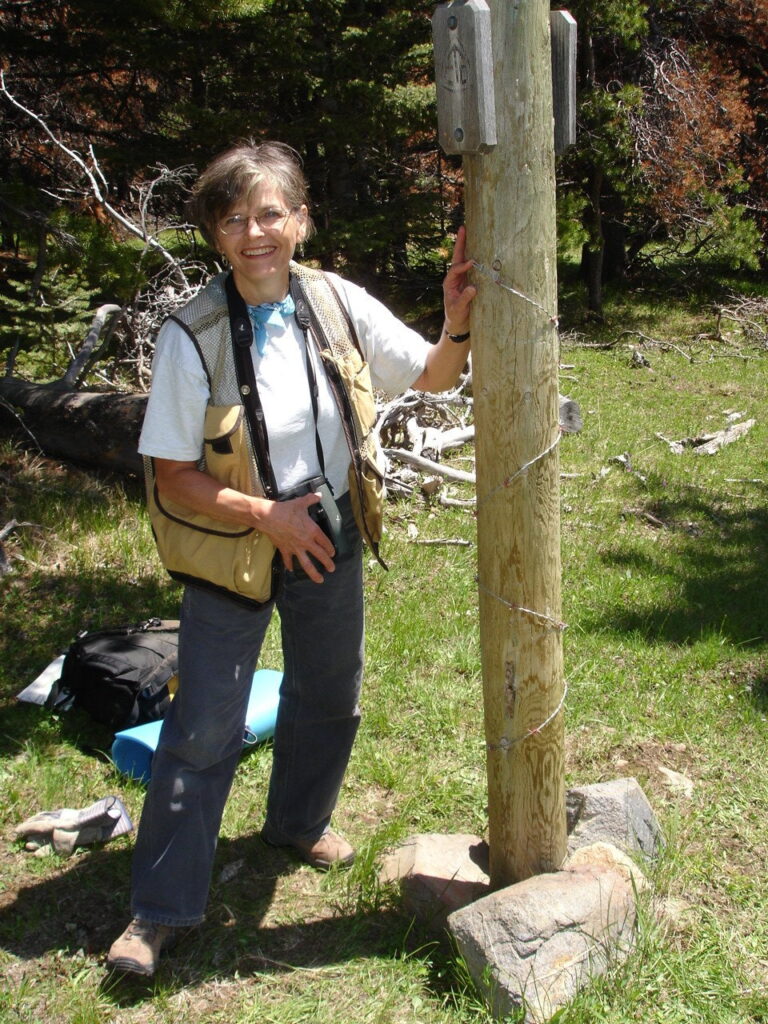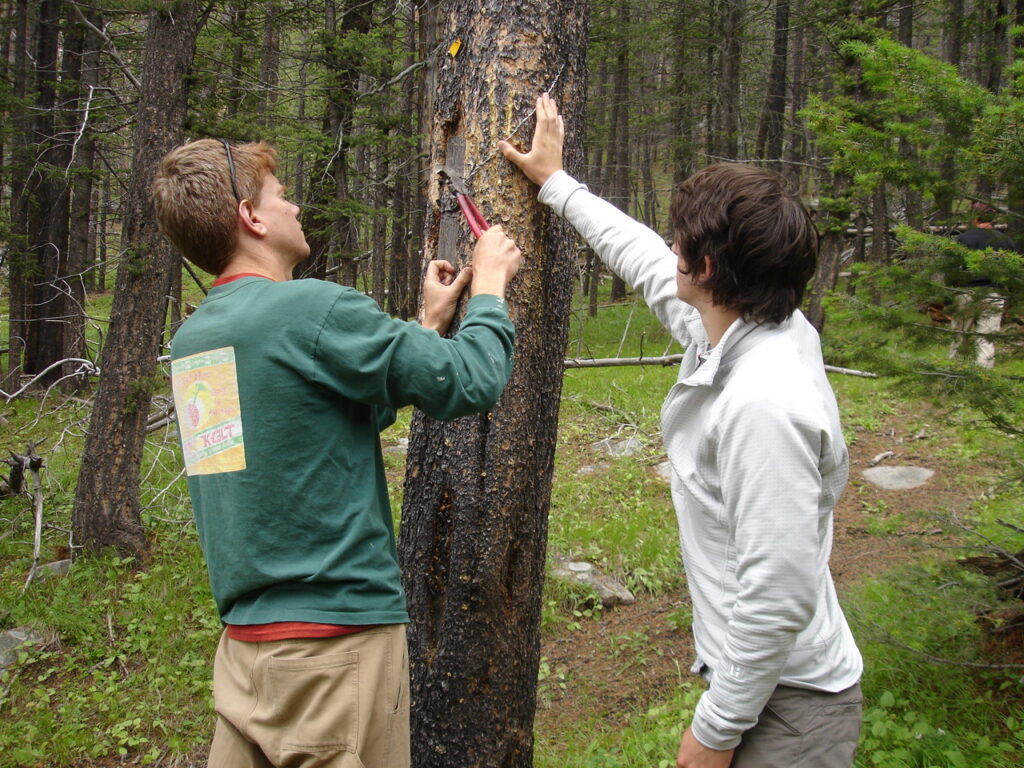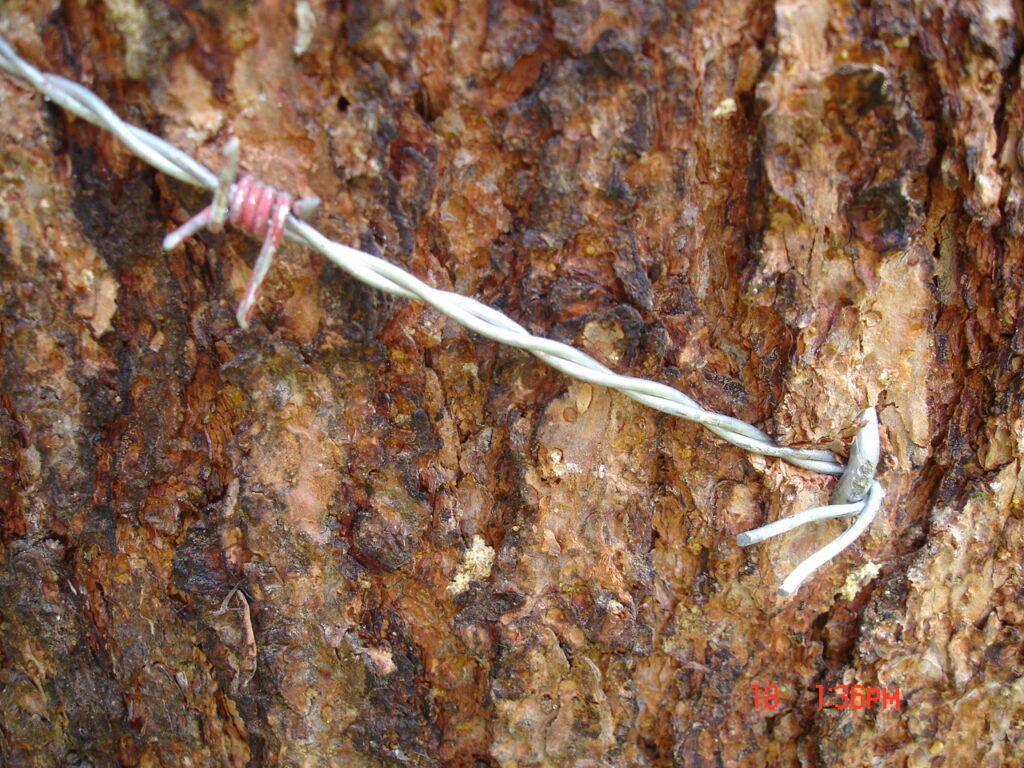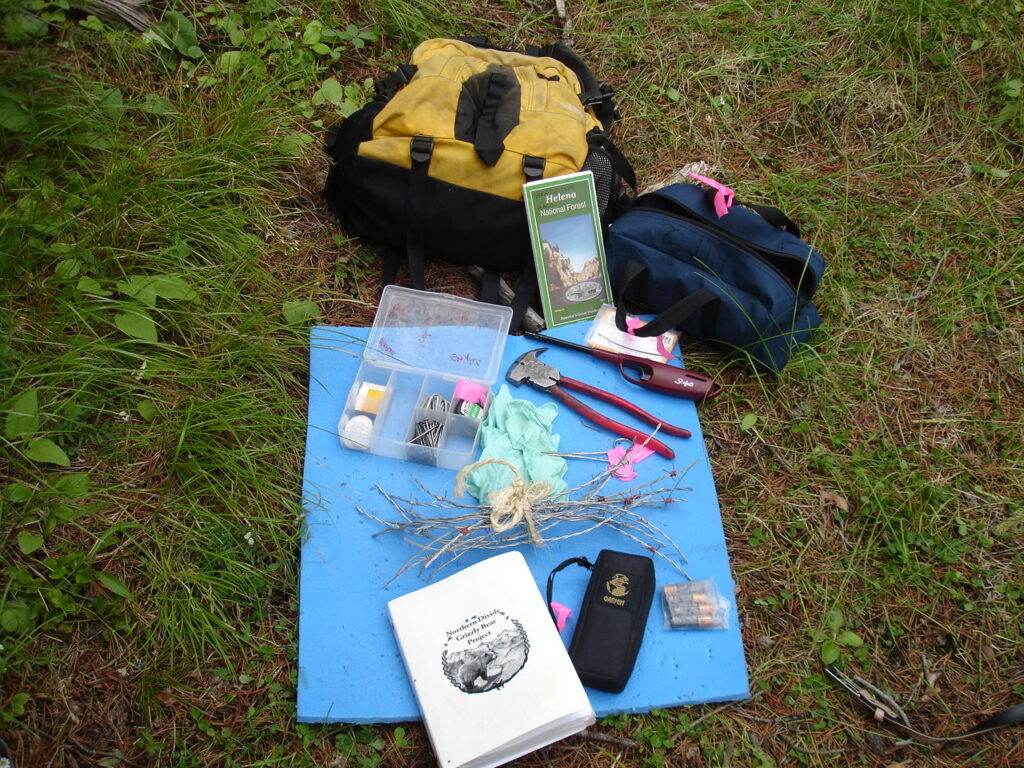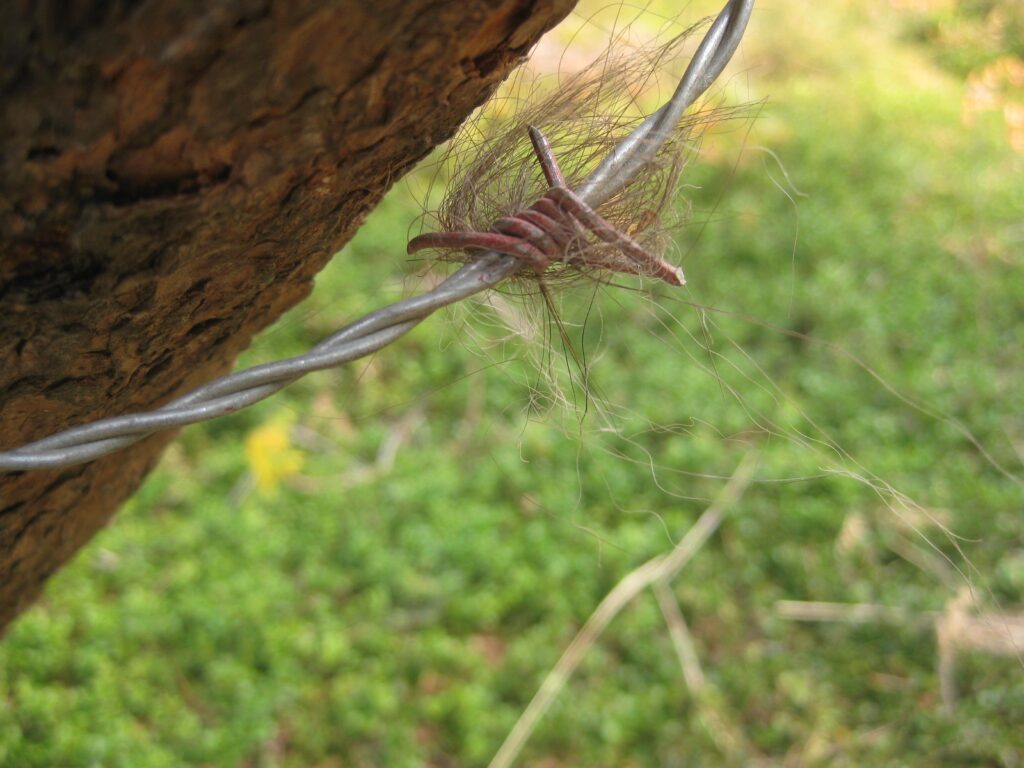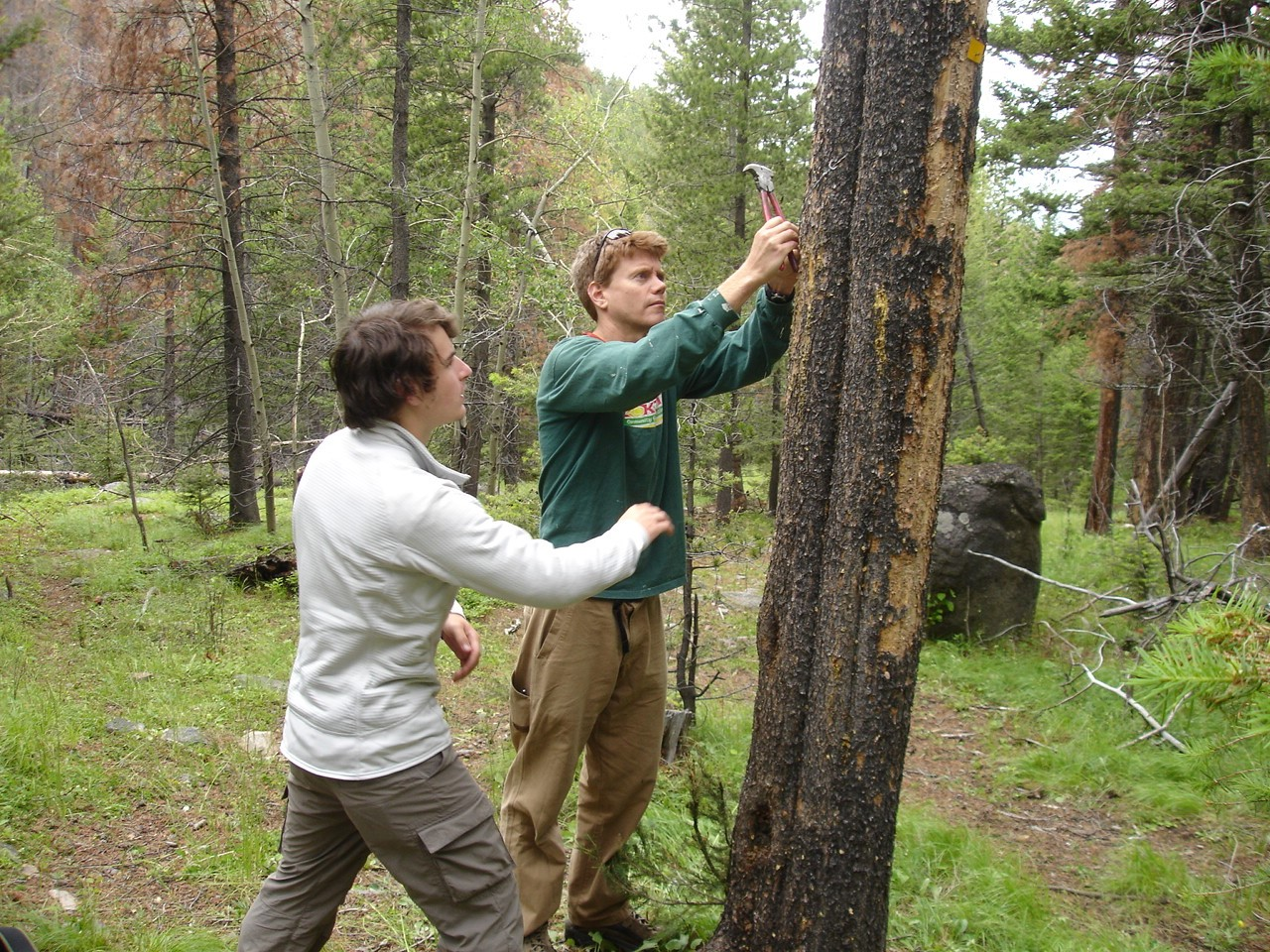
Past Accomplishments
Helena Hunters and Anglers Association…
strives to beneficially influence outcomes of decisions that would affect the health and welfare of our landscape and the fish and wildlife that live here. The following represent some of our efforts.
Wolverine Management
One of the rarest of carnivores in Montana, HHAA took steps to weigh in on management of wolverine. Background information about these rare animals is provided here.
- 2014 Wolverine & Winter Recreation – Squires
- Krebs_wolverine survival
- Wolverine-Gehman and Robinson.2008
Although wolverine received threatened status under the Endangered Species Act in November 2023, the U.S. Fish and Wildlife Service also sought public comment on the 4(d) rule which exempts take related to research activities, take incidental to lawful trapping for other species, and take resulting from forest management activities associated with wildfire risk reduction in the contiguous U.S. A decision on that rule is still pending as of May 2024.
Helena Hunters and Anglers Association provided comment on the wolverine 4(d) rule and was also represented in comments prepared by the Western Environmental Law Center.


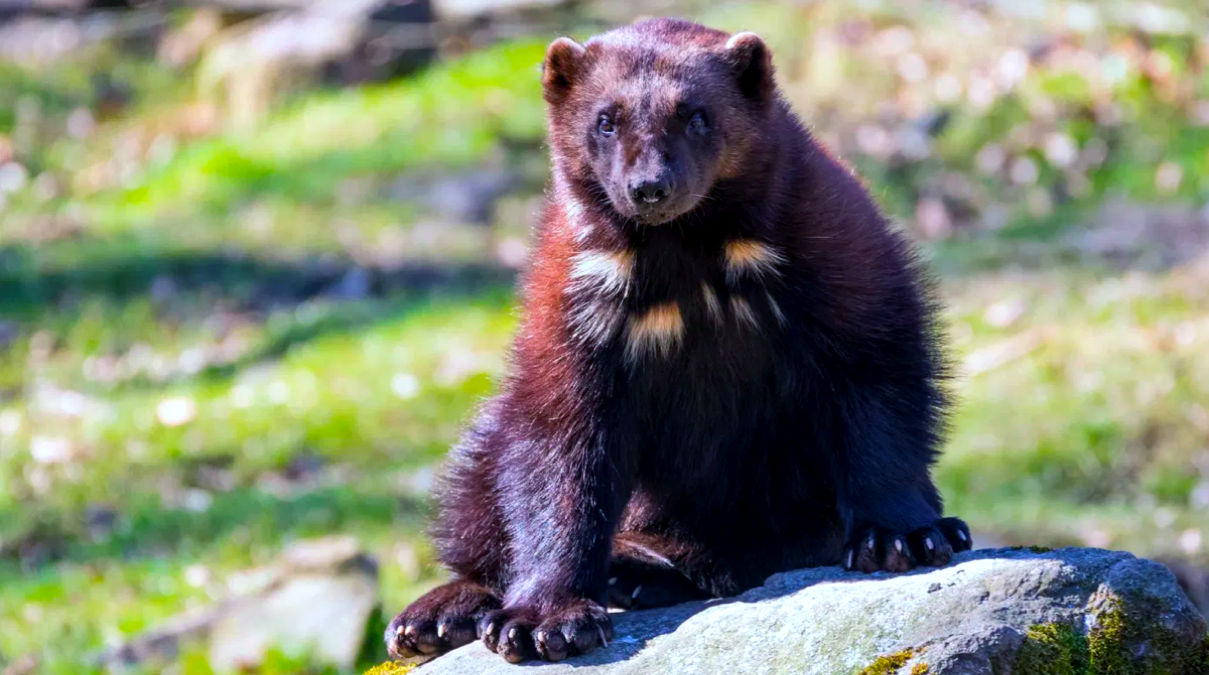
Tenmile-South Helena Project
In keeping with HHAA’s mission to preserve wildlife habitat, and particularly the last remnants of wild country that persist as Inventoried Roadless Areas, HHAA challenged the Tenmile-South Helena Forest Project (TSH). The stronghold of big game security in this area, south of Helena, persists in two Inventoried Roadless Areas (IRA): Lazyman (Black Mountain) IRA and Jericho Mountain IRA.

The TSH Project (61,395 acres), together with the on-going Telegraph Project (23,669 acre), extends across 85,000 acres from Interstate 15 near Clancy almost to Interstate 90 west of Deerlodge. Within that area, more than 23,526 acres (about 37 square miles) are being, or would be logged/burned.

The TSH Project would log or burn 17,848 acres, while the Telegraph Project would log and burn 5,678 acres. The two projects adjoin each other along the crest of the Continental Divide, constituting a massive project. Several other projects have occurred within the boundaries of these two projects in the past, so cumulative effects are substantial.
Helena Hunters and Anglers Association and the Montana Wildlife Federation legally challenged only those activities occurring within the Lazyman and Jericho Mountain Inventoried Roadless Areas requiring use of mechanized equipment on 4,200 acres. Acceptable activities within the IRAs include timber harvest and burning, accomplished with hand tools. And, HHAA also endorses clearing on public lands within 100 yards of private land (called private land buffers).
Mountain bike trails within the Lazyman and Jericho Mountain Inventoried Roadless Areas have not existed, and to retain habitat security, mountain bike trails should not be developed (see Recreational Impact References).
These caveats are driven by HHAA’s concern for wildlife habitat and denigration of big game security in particular. Resolution regarding these issues is pending a District Court decision by April 1, 2020.
- 2014-12-11 TENMILE-SOUTH HELENA Scoping comment HHAA_MWF
- 2016-03-30 TSH DEIS Comment-HHAA
- Request to Avey-Big Game Security Amendment negotiation 8-5-2016
- 2-016-12-05 TSH Alternative 4 – HHAA comment
- 2017-10-04 TENMILE-SOUTH HELENA OBJECTION from HHAA
- 2019.03.19-MT Big Game Security – press release
- Email to Helena City Commission and Mayor Collins – LAZYMAN AND JERICHO
- 2019-03-20 Sportsmen groups sue over logging roadless areas near Helena-IR
- Wildland Gems-IR Letter to Editor 2019-05-20 G Joslin
- 2019-12-20 Summary.Judge.REPLY.FINAL.FILE.STAMPED.Dec.202019
Divide Travel Plan Intervention
coming soon…
Big Game Security Amendment
Big Game Security is a foundational issue for HHAA, and its protection and enhancement drives much of what we do. In essence, big game security is competition for space: the science and politics of big game security is revealed in attached documents.
HHAA’s stated responsibility to defend wildlife habitat, that provides big game security, drives our position on everything from hunting seasons to land management proposals.
Forest Service policy changed with respect to Forest Plan standards that, in the past, have defined big game security as requiring vegetative cover.
That deviation came when amendments to the Forest Plan deleted forest cover as a criteria for big game security.
These amendments came out with Travel Plan revisions for Divide and Blackfoot.
HHAA challenged these amendments, both at the Forest Service Objection process where they were ignored, then in court.
The HLCNF withdrew the amendment for Divide, but continued to use it in the TSH Project.
City of Helena Tenmile-South Helena Forest Restoration Collaborative Committee’s comments recommending “protecting Roadless area values in the project area, especially in the Lazyman IRA that has previously been proposed for wilderness designation. As such, the Collaborative recommends that the USFS not use heavy, mechanized equipment (skidders, forwarders, etc.) in the Lazyman IRA, with the exception of private land buffers” (at 9.6).
Inventoried Roadless Areas & Lazyman-Black Mountain IRA
HHAA will continue to fight for forest cover as a criteria for big game security.
Photos of illegal road constructed in March 2020 to the Lazyman IRA. This road, which the Forest Service says is a FEATURE, not a road, is 22’ wide and extends approximately one-half mile to and along the IRA boundary.
Bear Hair Snagging
In a citizen science effort to help identify where grizzly bears may be moving around in or through our landscape, HHAA members volunteered for Montana Fish, Wildlife & Parks to set up and monitor hair snagging stations.
Helena Hunters & Anglers volunteered on behalf of Montana Fish, Wildlife and Parks Between 2008 and 2012, HHAA established bear hair snagging sites, regularly monitored all those locations, then collected and submitted those hair samples for DNA analysis to help inform distribution of grizzly bears across the central Continental Divide area.
Wildlife Connectivity along the Continental Divide – MacDonald Pass Biathlon Challenge
In the narrowest pinch-point of public land along the Continental Divide, constituting a major connection for wildlife movement between ecosystems, HHAA took a stand – and won – against a military complex that would have been installed at MacDonald Pass.
- 2008-03 BiathalonFONSI Map
- 2008-05-14IR-Your Turn Biathlon-corridor051408
- 2008-05-23 IR-HHAA-MacPass not Suitable
- 2008-05-31TAKE PRIDE IN THE WILD DIVIDE
- 2008-06-05 L&C Co CD Resolution
- 2008-06-06 LC Comm supports CD-IR
- 2008-07-08 Admin.APPEAL.Biathlon.July08
- 2008-09-17 Biathlon Appeal Denied-IR
- 2008-11-18 Biathlon Site Tour
- 2009-07-29 Decision.MERITS.SJ.July.29.2009
- 2009-08-30 IR-Judge Halts Biathlon
In the narrowest pinch-point of public land along the Continental Divide, constituting a major connection for wildlife movement between ecosystems, HHAA took a stand – and won – against a military complex that would have been installed at MacDonald Pass.
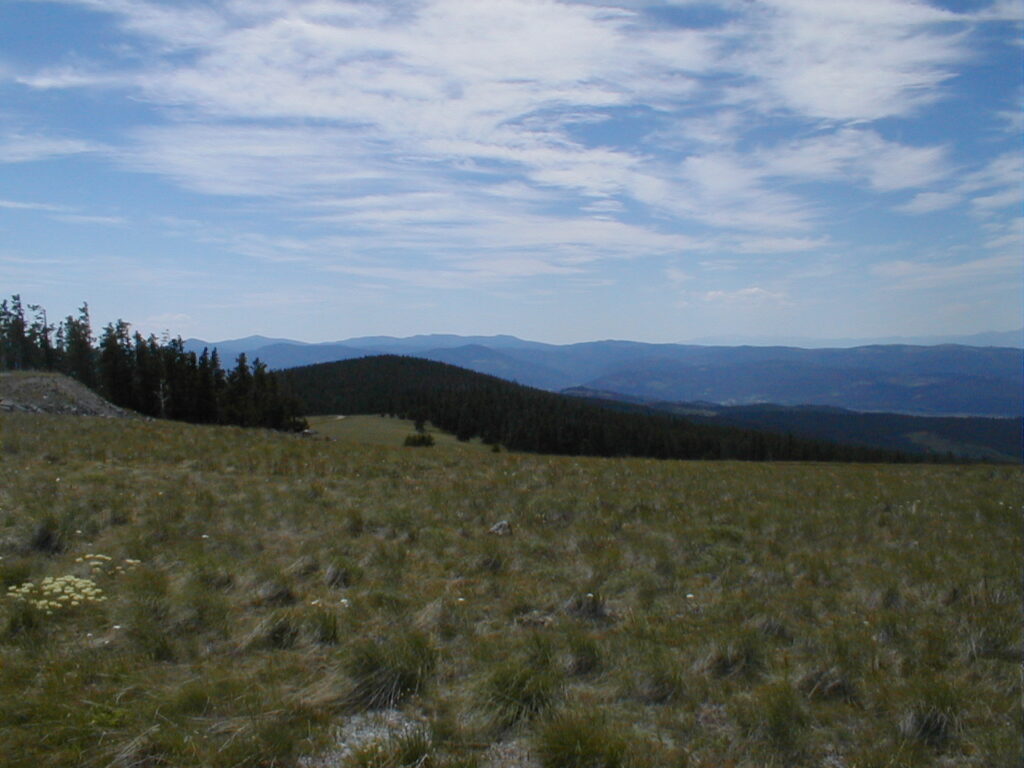
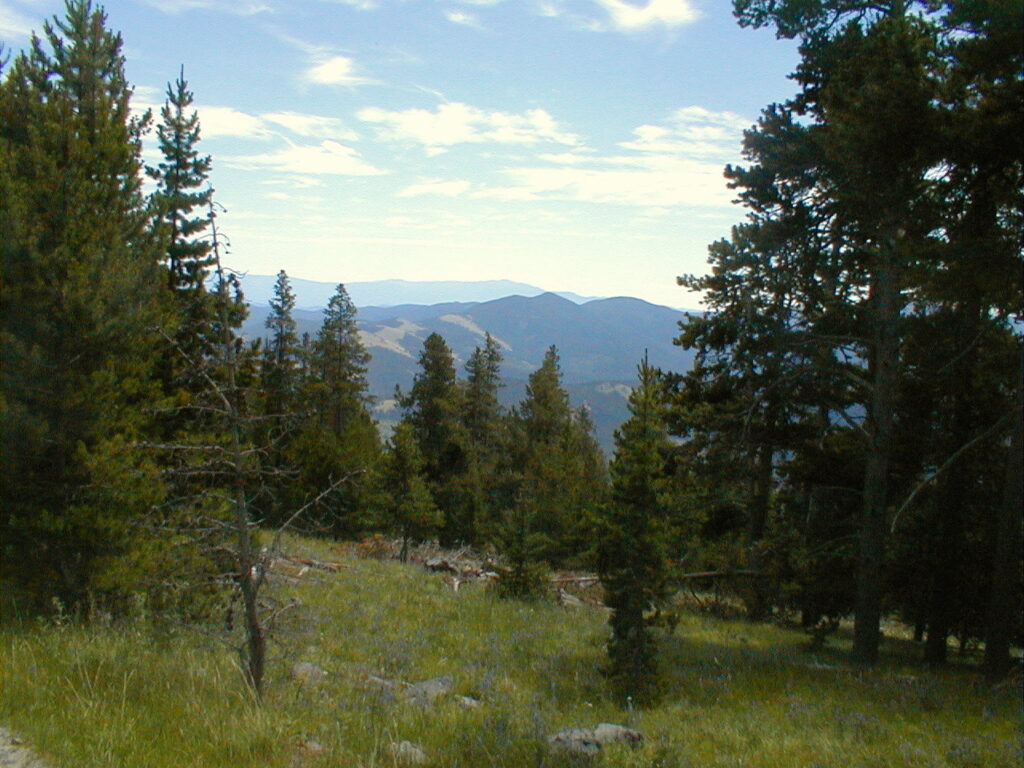
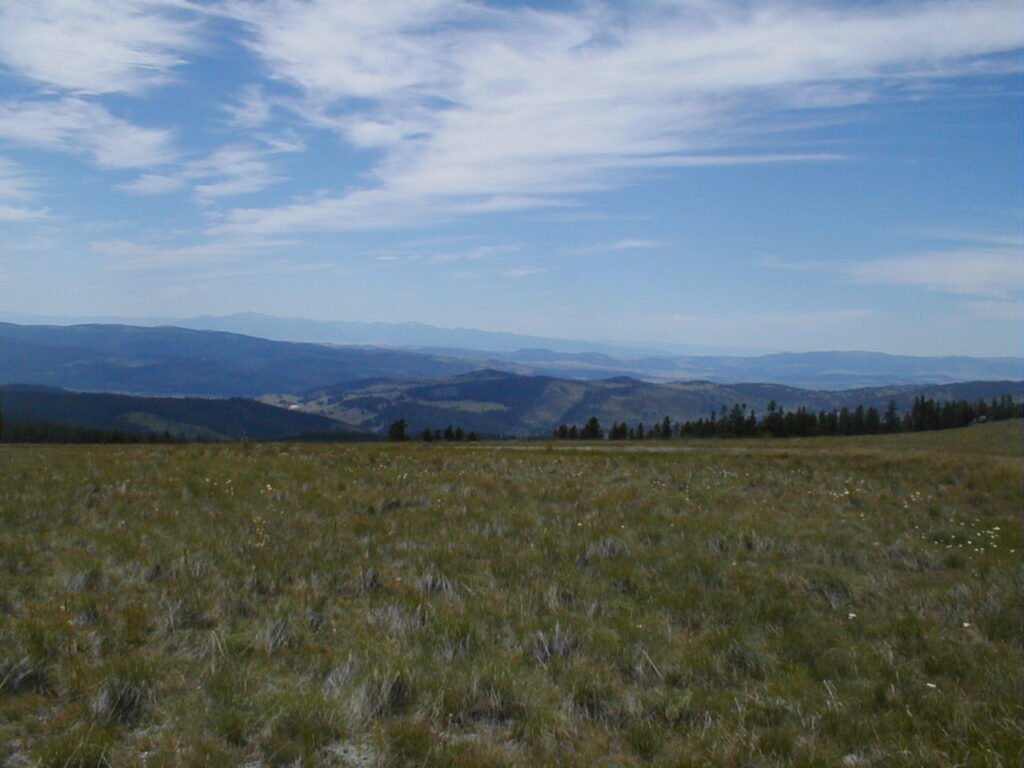
Montana Fish & Wildlife Conservation Trust
The Montana Fish & Wildlife Conservation Trust was established by the U.S. Congress in 1998, funded by proceeds from the sale of cabin sites on Canyon Ferry Reservoir that had previously been leased from the Federal government. Helena Hunters and Anglers Association was instrumental in establishment of this organization, originally called the Canyon Ferry Trust. HHAA members served on the board of the Trust from its inception until 2017. At least nine projects have occurred within the immediate Helena area – some involving multiple acquisitions.
The purpose of the trust is to provide a permanent source of funding through grants for the acquisition of publicly accessible land in Montana in order to:
- Restore and conserve fisheries habitat, including riparian habitat
- Restore and conserve wildlife habitat
- Enhance public hunting, fishing and recreational opportunities
- Improve public access to public lands.
1986 Citizens Initiative for the Helena National Forest Plan
Members of HHAA were also members of the Helena Forest Conservation Coalition (HFCC) back in 1982, that helped shape the 1986 Forest Plan. Forty years later, we are still engaged.

